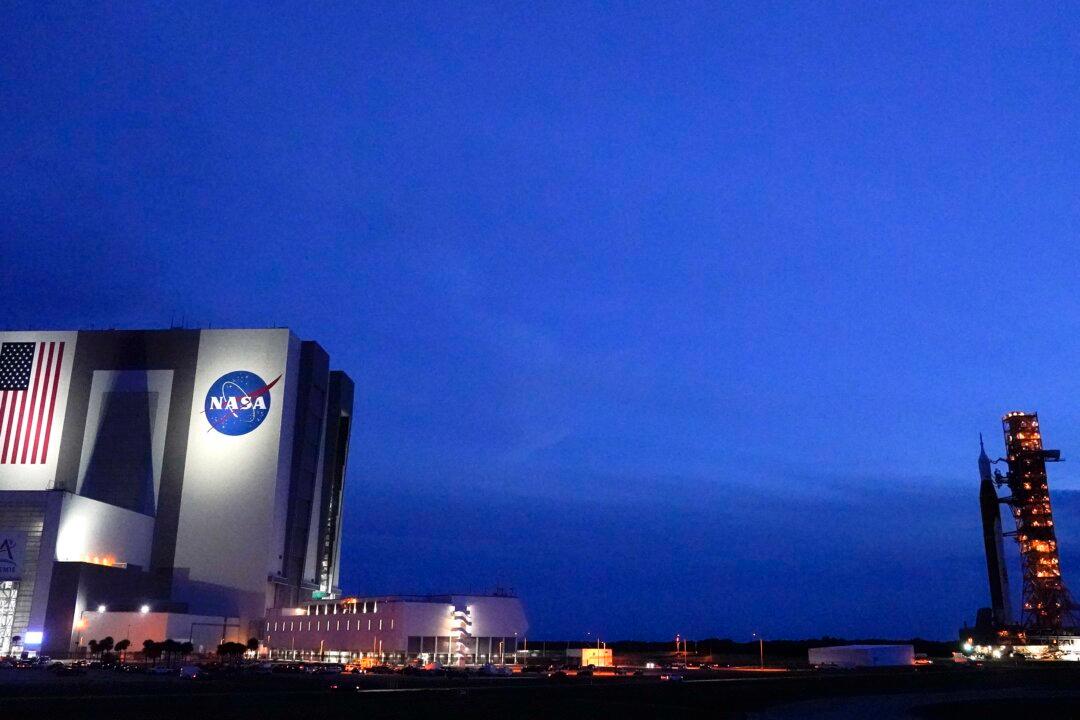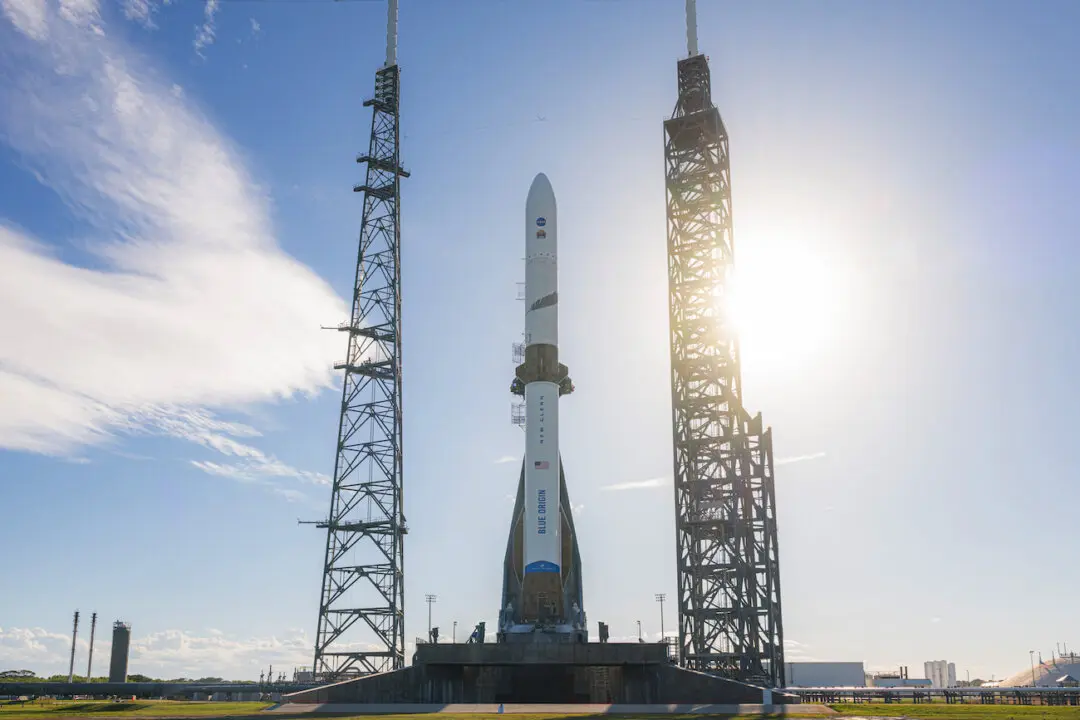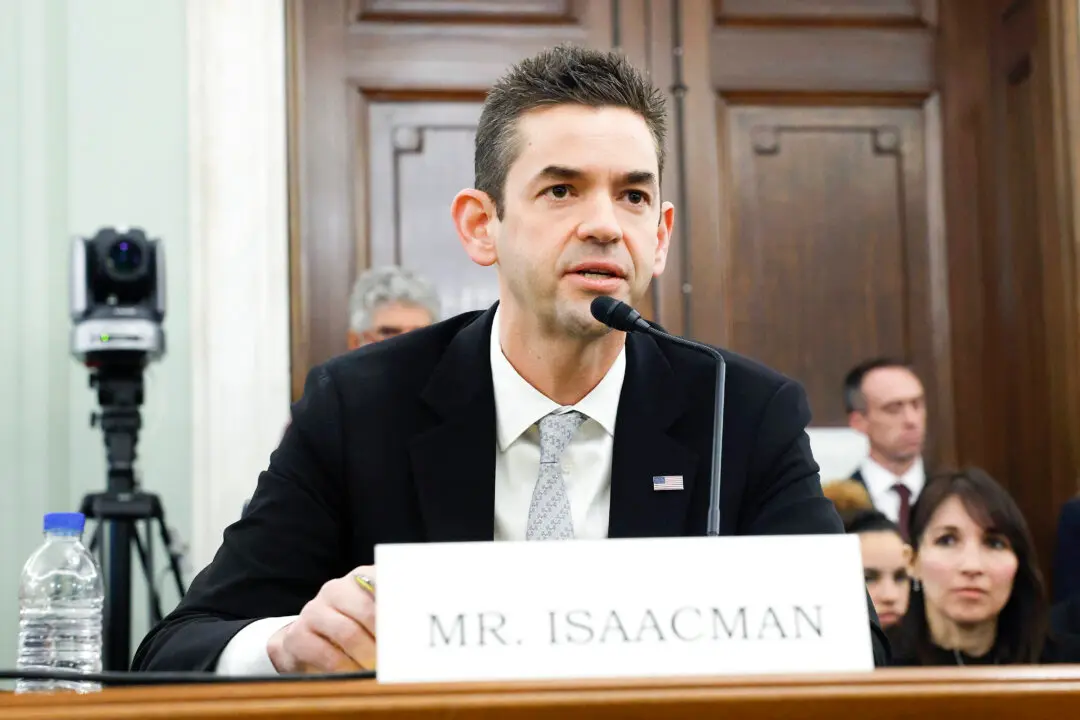NASA administrators joined the agency’s four moon-bound astronauts for what was supposed to be a chance for members of the media to ask questions about Artemis II, the first crewed flight of the Orion capsule and the first crewed spaceflight around the moon since 1972.
But much of the focus of the Aug. 8 press conference at Kennedy Space Center was directed at Artemis III and the SpaceX products it relies upon. Jim Free, NASA associate administrator of the Exploration Systems Development Mission Directorate, gave a status update on the mission’s equipment development.





